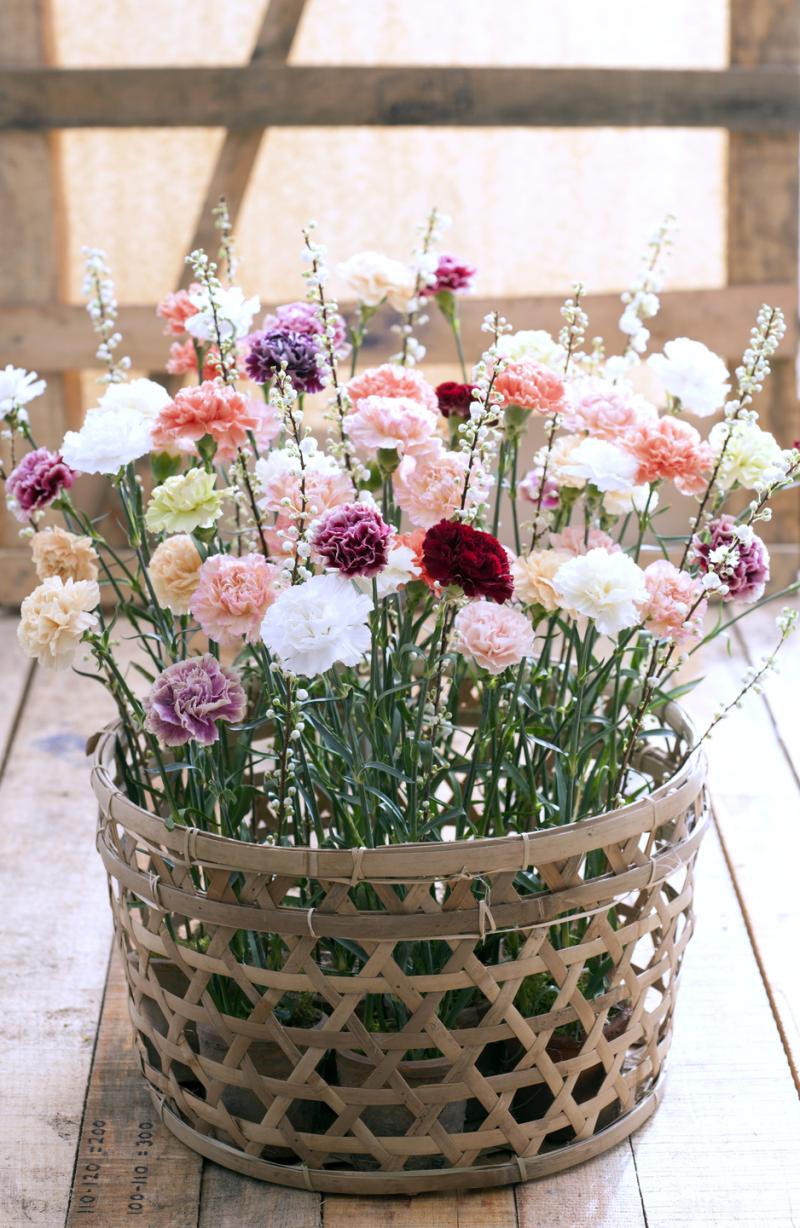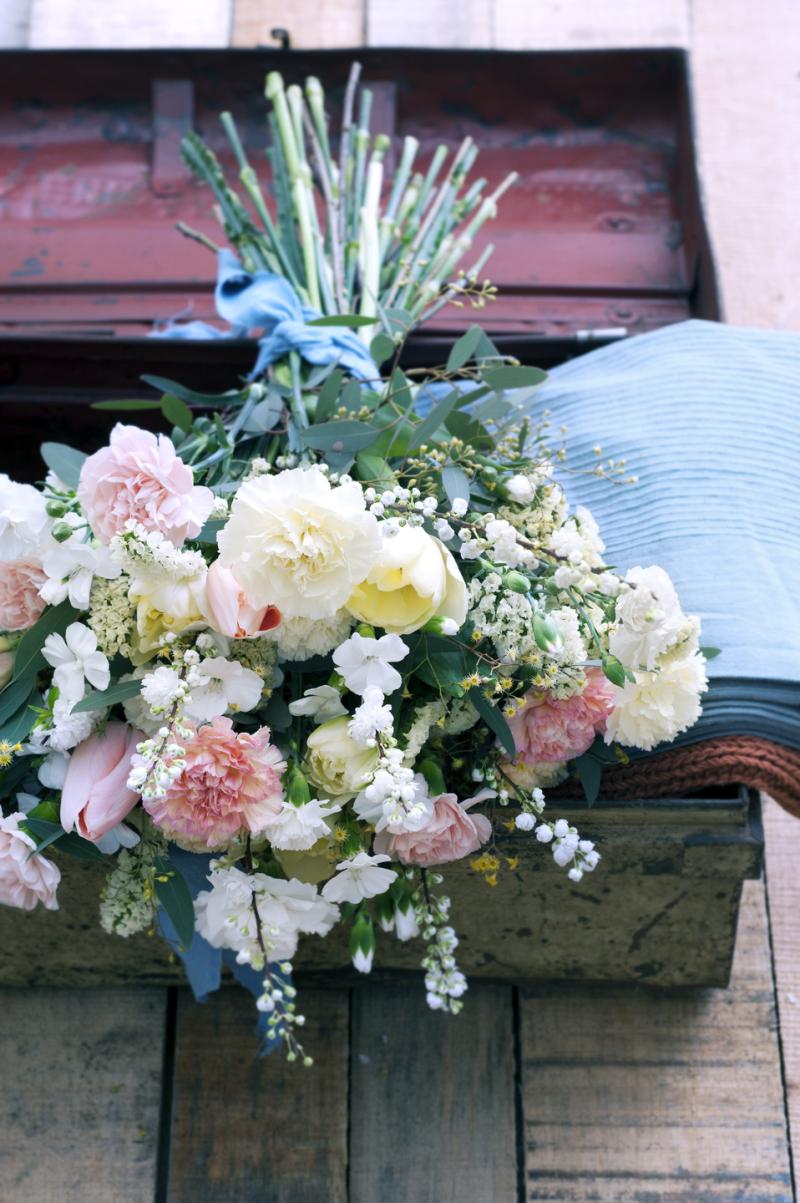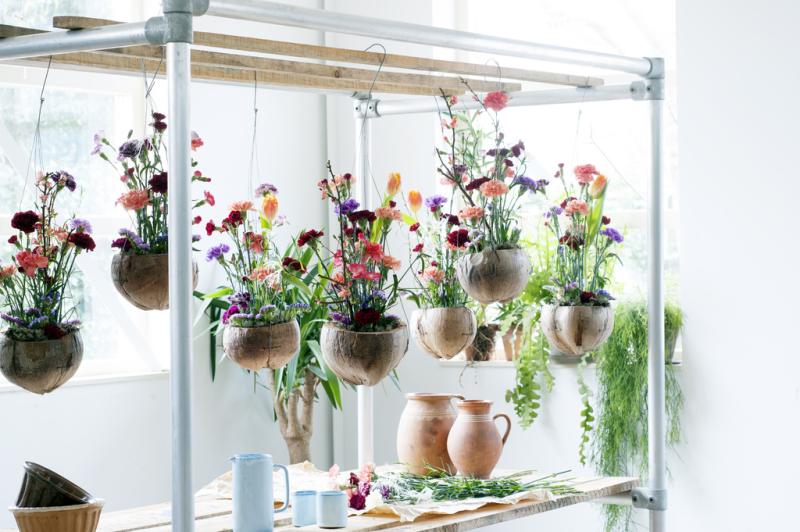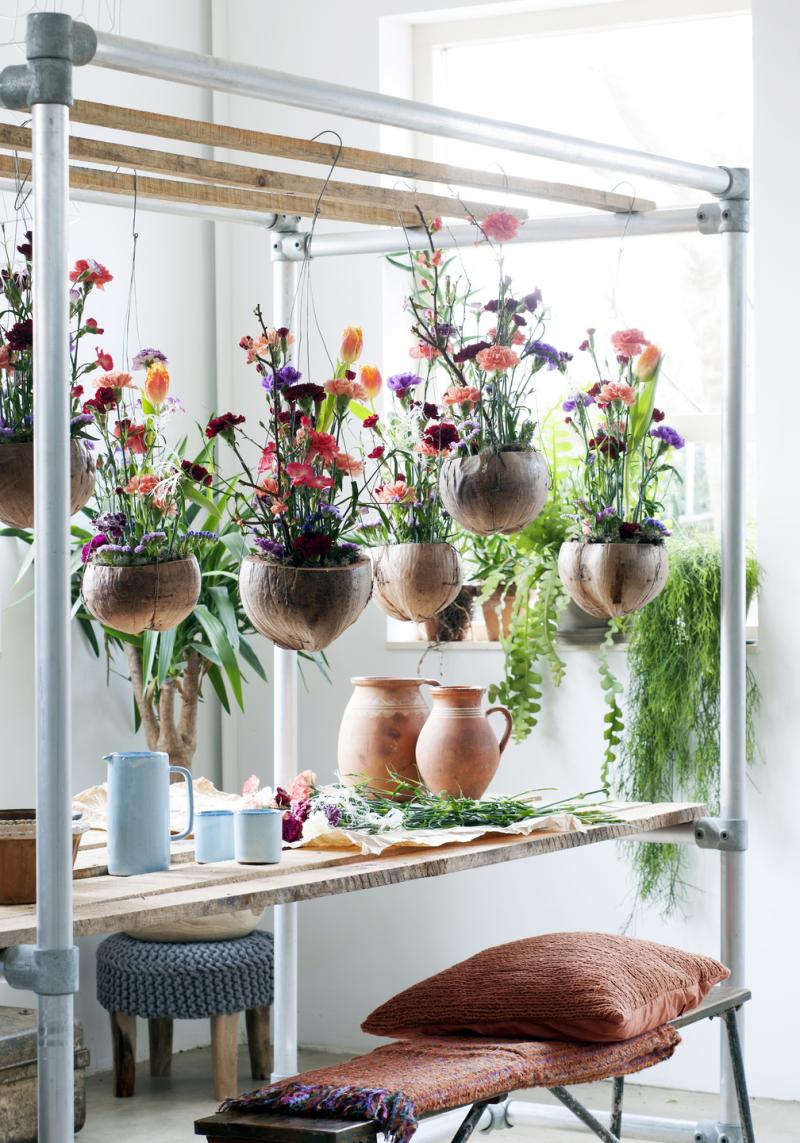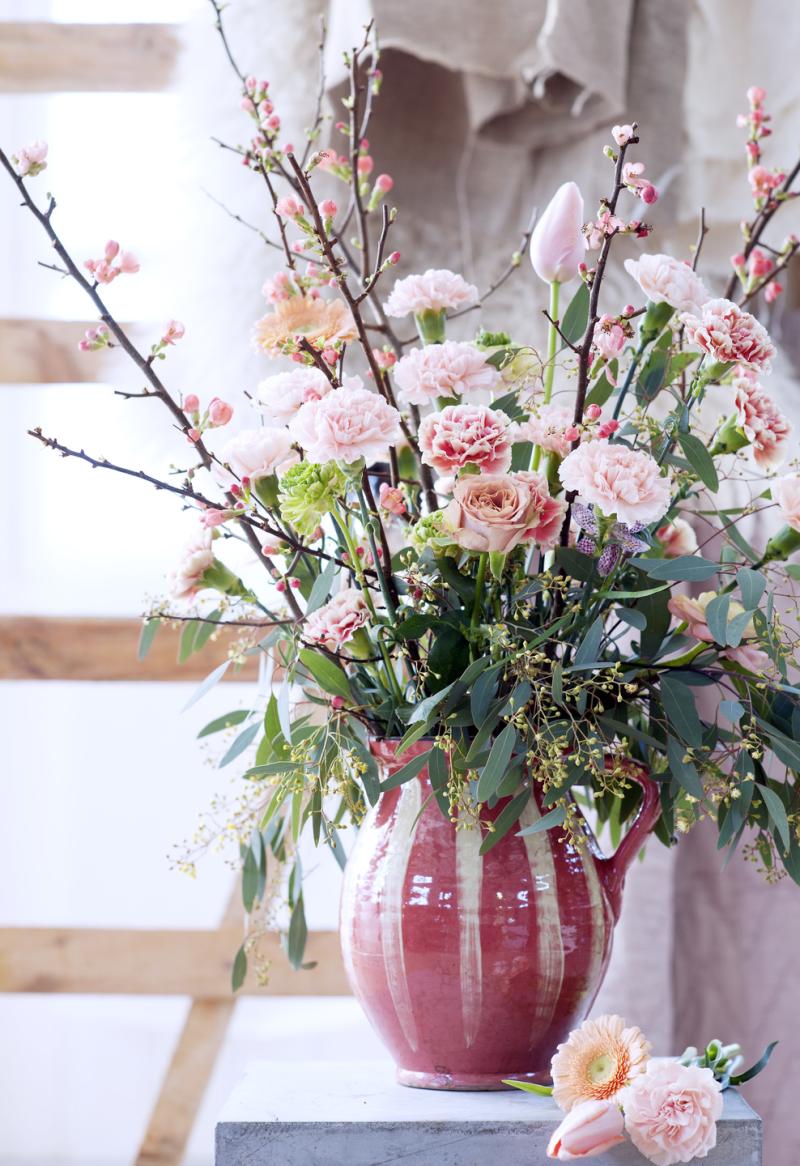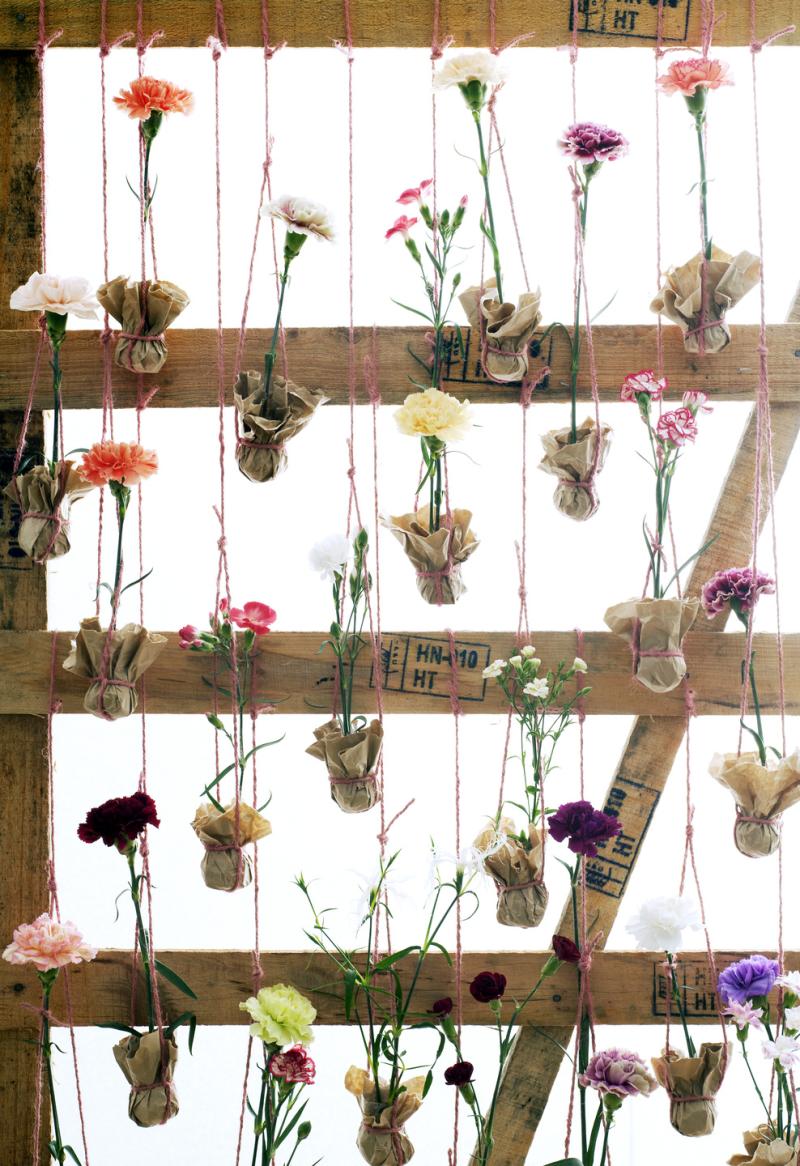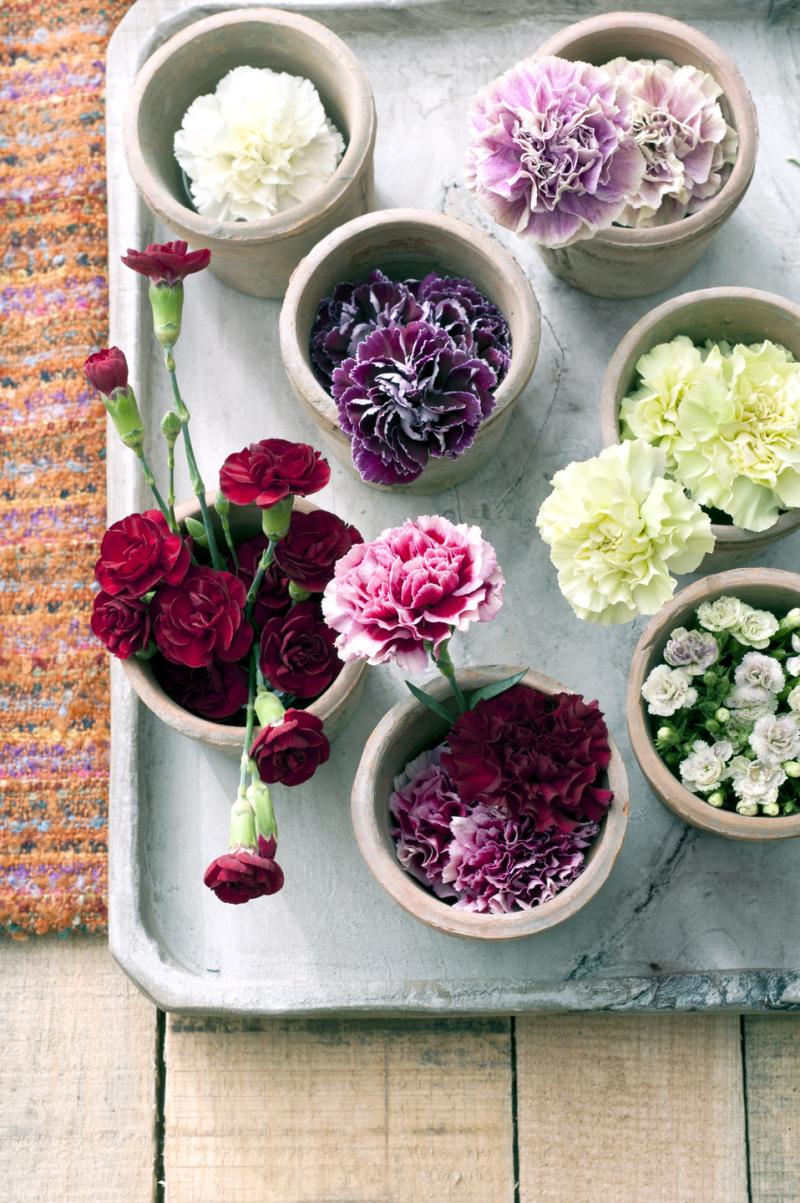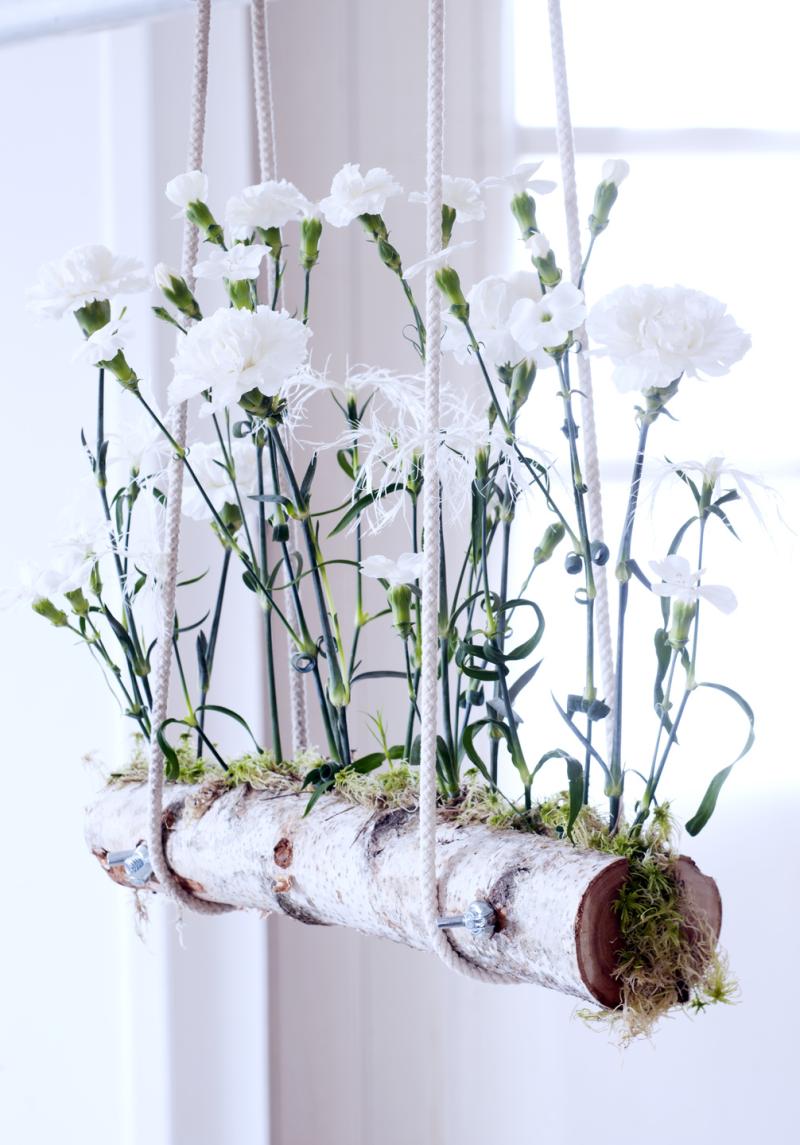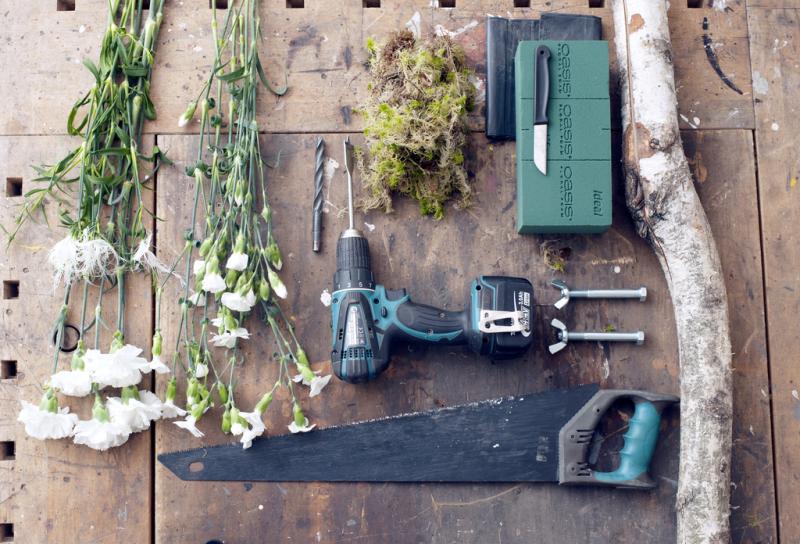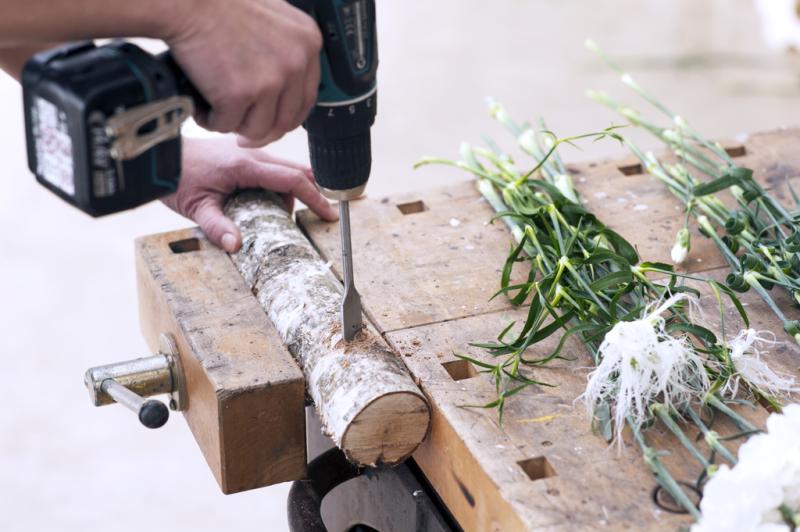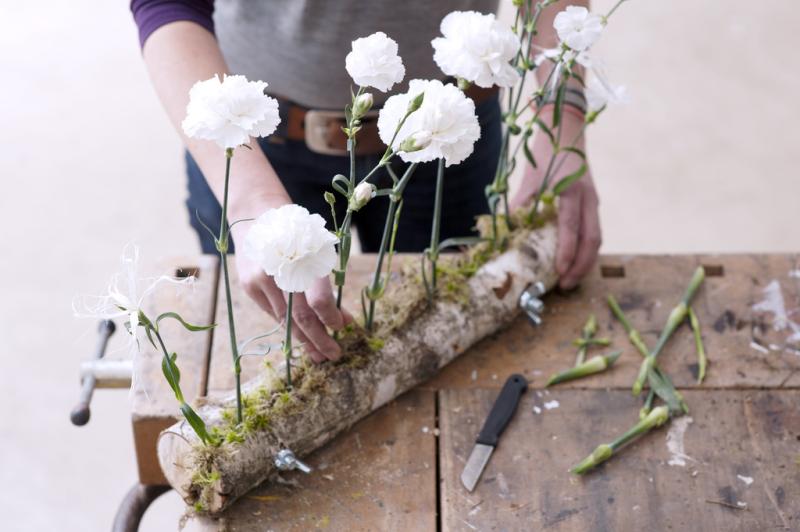The carnation will appear in the Flower Agenda from week 11 to 13
The Flower Agenda on Funnyhowflowerdothat.co.uk will focus on the carnation from week 11 to week 13. Your customers will be able to read all about this versatile colourful flower, which is also known as Dianthus, derived from Dios (God) and anthos (flower). Will you be putting the carnation in the spotlight during these weeks too?
What is the Flower Agenda?
The Flower Agenda2015 features fifteen flowers sorted by seasonal availability. The agenda engages consumers with the story of the flower and offers inspiration and beautiful images. The diary appears on Funnyhowflowersdothat.co.uk and the content is formatted in such a way that it can be easily shared via social media.
A divine flower
The original birthplace of the carnation is on the coast of the Mediterranean region. But your customers may not realise that the flower's popularity dates back to the Romans, who made wreaths and fresh eau de toilette from carnations. The flower can also be regularly seen in religious paintings, as a symbol of the Virgin Mary and as a symbol for the suffering of Christ. The botanical name Dianthus is derived from dios - God - and anthos, which means flower. God's flower or the divine flower, in other words.
Colours and shapes of the rose
Green, deep purple, dark red, fluorescent yellow, champagne, soft orange, salmon pink, white or combinations of colours: the carnation offers consumers a wide array of colours to choose from. There are carnations with a single bud, and spray carnations with multiple flowers. You can also offer considerable variety in terms of petals. They have a range of different edge shapes: rounded, serrated or fringed. The carnation is therefore justifiably a fantastic lead performer or support act in any vase.
Care tips for consumers
Give your customers the following tips, and they'll be able to enjoy their carnations for a fortnight:
• Make sure the vase is clean.
• Fill the vase with water and cut flower food.
• Remove the bottom leaves.
• Trim the stems.
• Keep carnations away from direct sunlight and ripening fruit.
• Refresh the water every five days to give your carnations the longest lifespan.
How to make a carnation bouquet
The carnation offers many surprising possibilities when it comes to styling. You can create a stark, basic look by displaying carnations with the same shape and hue in a terracotta vase, for example. The photograph shows a fantastic combination of carnations with tulips, roses, ranunculus, fritillaria and chaenomeles. The tied bouquet is made up of various types of carnation, tulip, and limonium and a few branches of Prunus glandulosa alba. The look is given a special accent through the use of green grasses and the fine herbaceous eucalyptus.
Carnation symbolism
Passion, longing and capriciousness: that is what the carnation symbolises. The various colours of carnation also have their own unique meaning:
• Pale red: admiration
• Dark red: love, affection and longing for someone
• White: dedication, dignity, pure love and happiness
• Pink: "I will never forget you"
• Purple: capriciousness
• Yellow: rejection, disdain and disappointment
• White and red striped: refusal
The Flower Agenda 2015
The Flower Agenda is an initiative by Mooiwatbloemendoen.nl in conjunction with FloraHolland and the VBW, who have selected the fifteen flowers in the agenda. With this agenda, the Flower Council of Holland is meeting the desire to draw consumers' attention to seasonal flowers, product-specific promotions, and flowers that are available all year round. The Flower Agenda 2015 consists of the following flowers:
• Week 11 to 13 Carnation
• Week 14 to 18 Gerbera
• Week 19 to 22 Peony
• Week 23 to 26 Lily
• Week 27 to 30 Sunflower
• Week 30 to 32 Calla
• Week 32 to 35 Hydrangea
• Week 36 to 40 Chrysanthemum
• Week 40 to 42 Alstroemeria
• Week 42 to 45 Lisianthus
• Week 45 to 48 Orchid
• Week 48 to 52 Amaryllis

